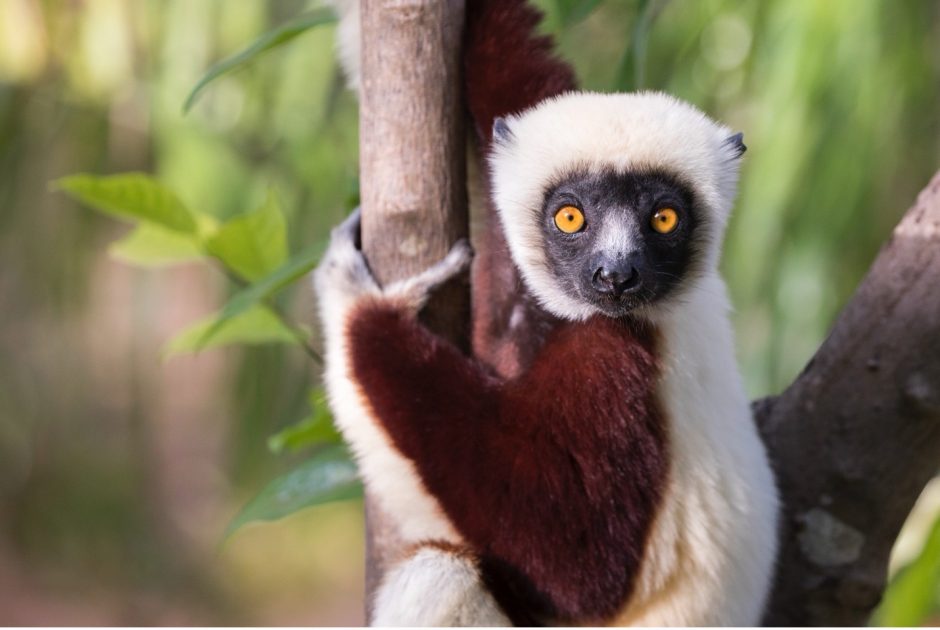
What Is My Favorite Lens for Photographing in Madagascar?
When it comes to extraordinary photography—in the very literal sense of way beyond the ordinary—Madagascar is hard to beat. It’s got big landscapes, fascinating wildlife, and a travel and cultural photography vibe that is enthralling.
Because of the opportunities to capture so many amazing images, you might be tempted to pack every lens in your arsenal. But in the interest of packing light, I’m going to frame this post as if I could only bring one lens to Madagascar. Yes, there will be some compromises, as the best lens for wildlife may not always be the best for landscapes (and vice versa). However, I do believe there is one lens that can do just about everything and in utterly remarkable ways, such that I’d never lead a Madagascar Wildlife Photo Expedition without it.
The One Lens You NEED for Photographing Madagascar
My pick for the No. 1 lens to bring on a Madagascar safari? A 70-200mm f/2.8.
Now, let’s talk about the elephant in the room: This isn’t your conventional wildlife lens with massive telephoto power. However, I find it spectacular for wildlife photography in Madagascar for a few reasons.
First, lots of Madagascar’s wildlife can be seen in rather close proximity. Most animals in Madagascar have little fear of humans, especially the lemurs. This means that it’s not atypical to get within 20 or 30 feet of some of the best of Madagascar’s wildlife. This goes for lemurs, chameleons, geckos, frogs and even some birds and butterflies.
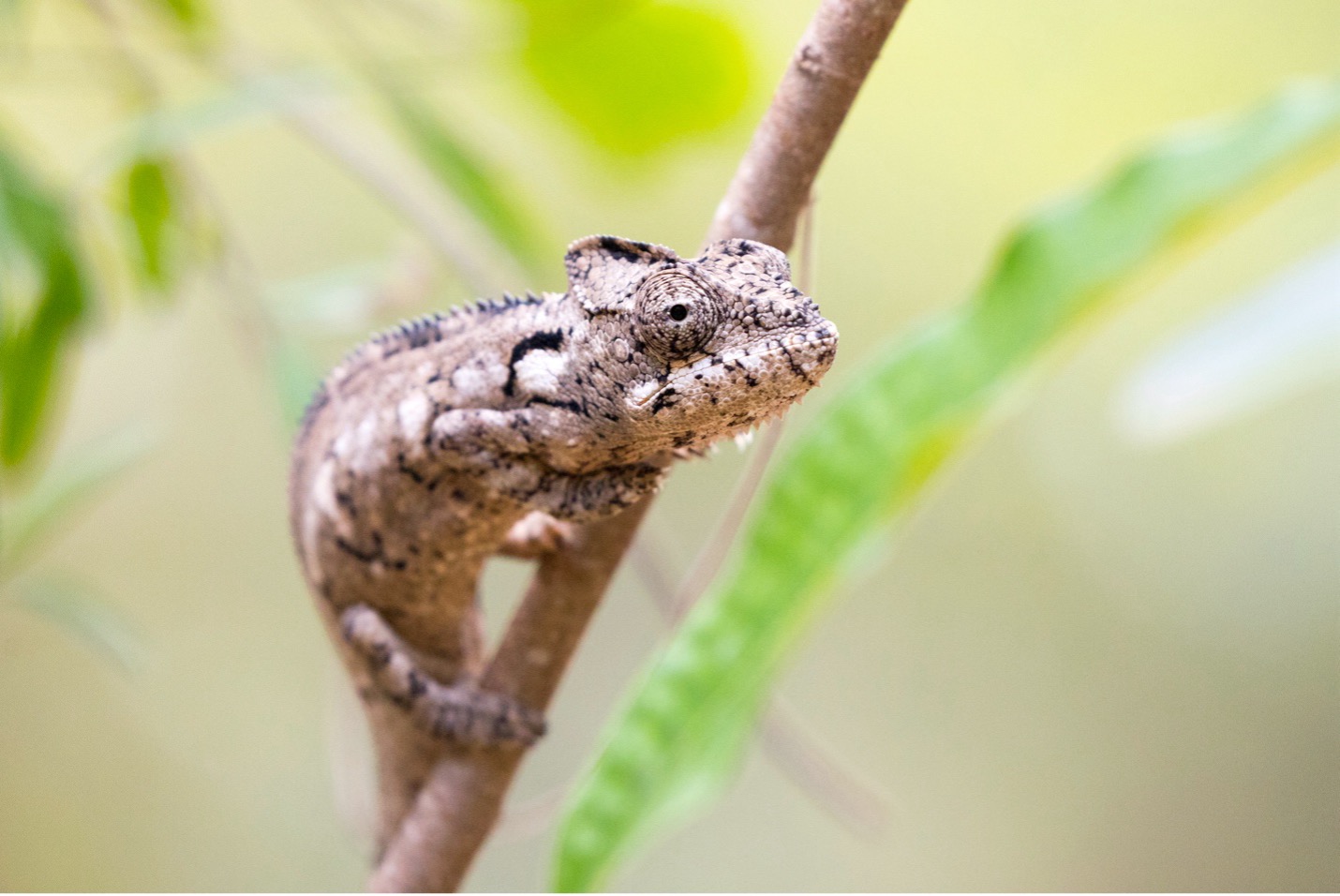
As a result, while you may always want more telephoto power (it’s a common adage in the wildlife photography world, even if you have a 600mm, that you always want just a little more…), 200mm is a pretty good place to be, especially if you have a crop-sensor camera or a full-frame that’s capable of shooting at crop levels. For those new to this terminology, a crop-sensor or crop-factor gives you something like a 1.4x or 1.6x magnification on the telephoto, such that a 200mm could become effectively a 280mm.
What’s important about this lens is not what it doesn’t have, but rather the exemplary features it does boast. Primarily these are the wonderful low-light capabilities and shallow depth of field that an f/2.8 gives you. In the oftentimes dense and dim rainforests and cloud forests of Madagascar, this is a huge advantage. Or, a shallow depth of field can be great for just being creative with composition and framing in your wildlife photography.
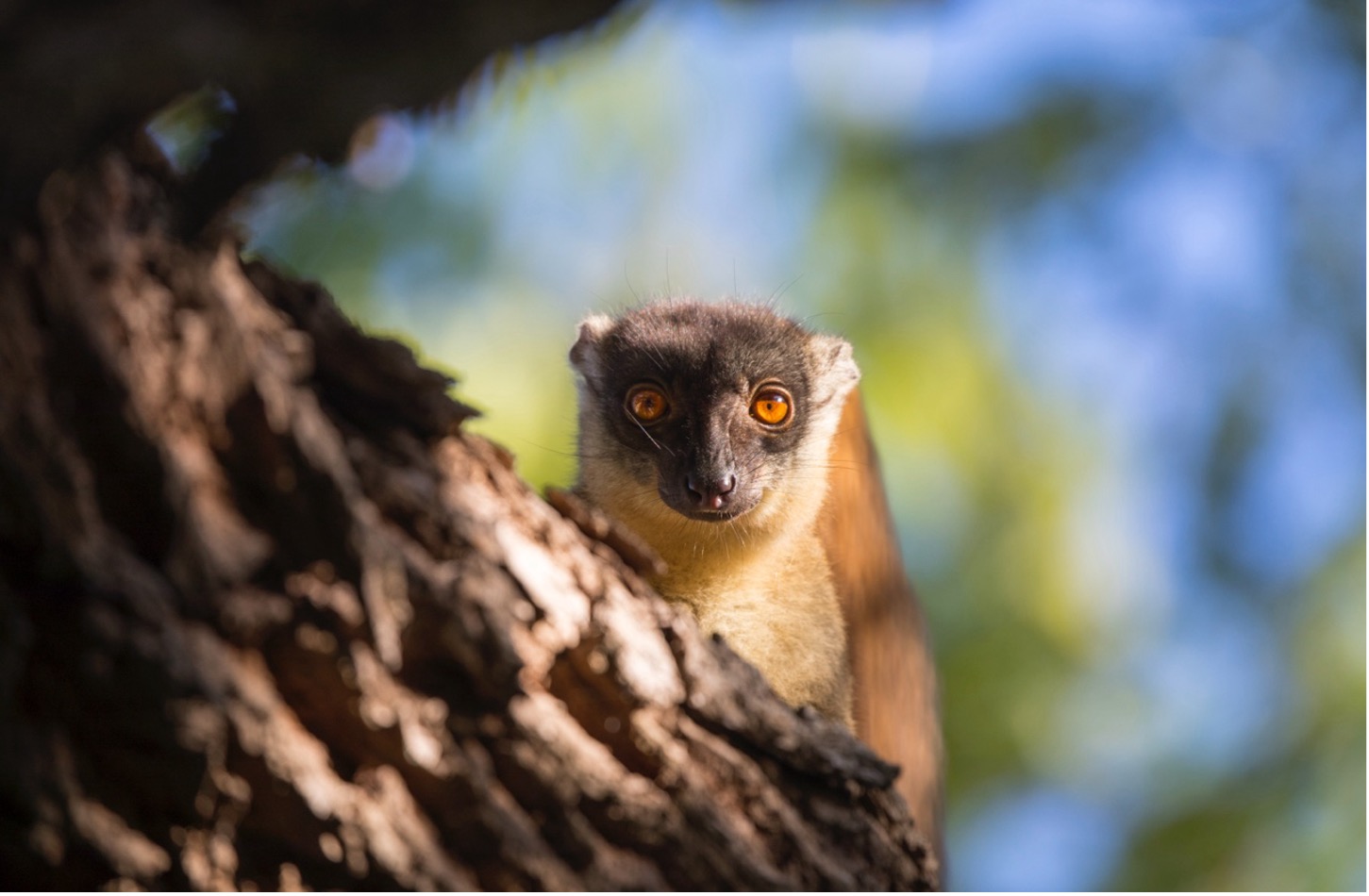
In addition, the 70-200mm f/2.8 class of lenses is always going to be remarkably sharp and high quality, while also being notably smaller and lighter than a 300mm f/2.8 and certainly anything in the 400mm or greater range. Considering that most wildlife-viewing activities in Madagascar involve some sort of hiking, bringing a 70-200mm f/2.8 along is a no-brainer given the compact size of today’s mirrorless 70-200mm lenses.
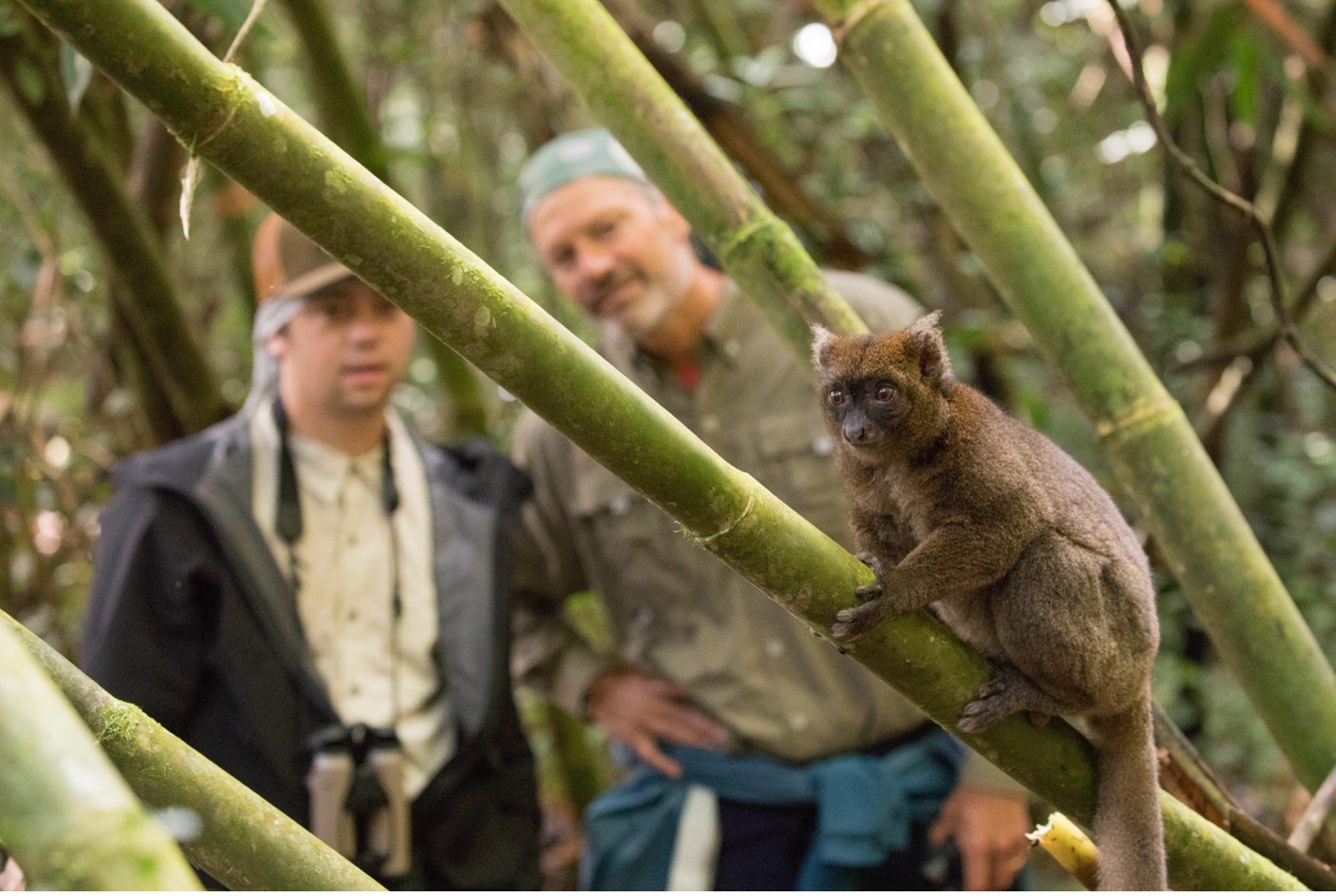
They’re Great for Landscapes
If you’ve read many of my other post, you probably know I’m a big fan of using telephoto lenses for landscapes. I think they provide a unique perspective and simplify big, complex scenes into something more manageable and ultimately aesthetic.
Therefore, a 70-200mm f/2.8, with its incredible sharpness, is also my go-to landscape lens.
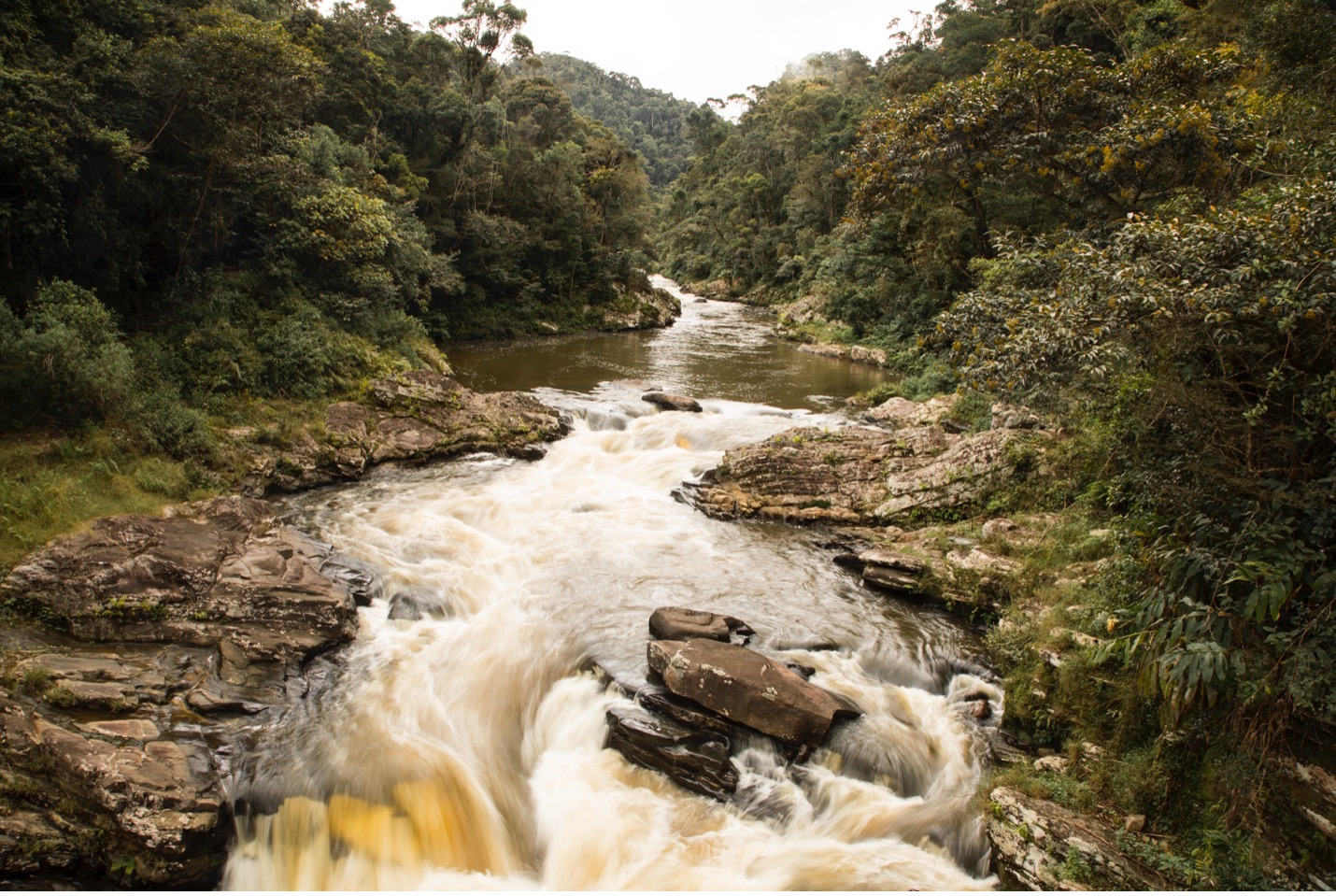
A Superb Travel and Cultural Lens
When I photograph people and travel scenes, I look for two things: some telephoto reach (so that I don’t have to be in people’s faces) and a shallow depth of field that allows me to create portrait-like shots and be artsy with things like street scenes, buildings, food, etc.
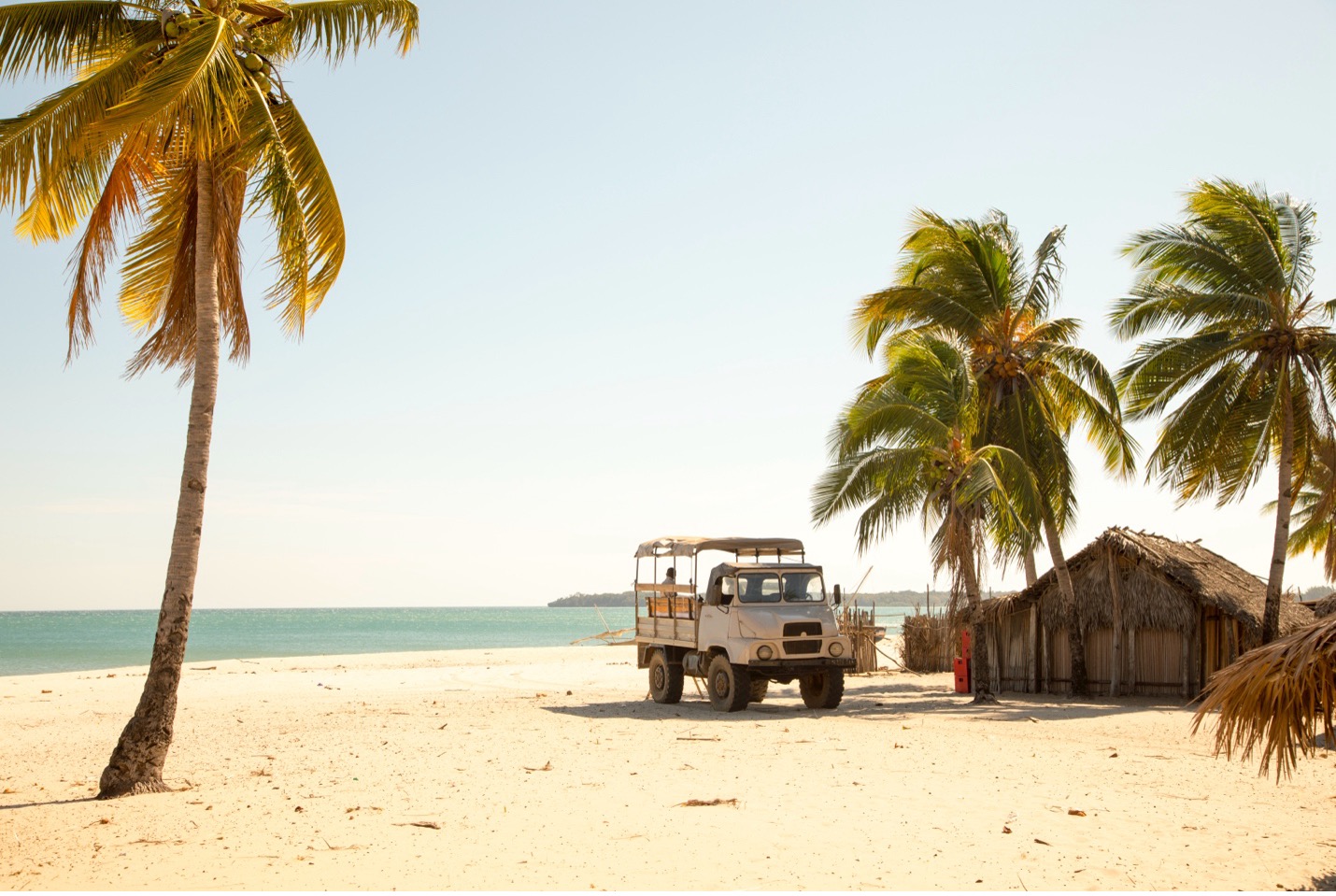
Thus, a 70-200mm f/2.8 lens is just about perfect, since I can be flexible with the zoom and I have the 200mm reach if needed to fill the frame or photograph from a ways away. All while having f/2.8 to give me that wonderfully shallow depth of field and low-light capability I crave with cultural and travel photography.

What it Lacks
The last thing I want people to take away from this post is that you only need one lens for Madagascar.
Sure, you could get away with just the 70-200mm and get 70% or more of the shots you want. However, there are absolutely times that you’ll want to slap on a 400mm for wildlife or a 24mm for landscapes. Heck, macro lenses are also wildly fun and useful in Madagascar, too! Read my full post on What’s in My Camera Bag for Madagascar for more context on how I shoot with the 70-200mm and which lenses and other gear I use to supplement it.
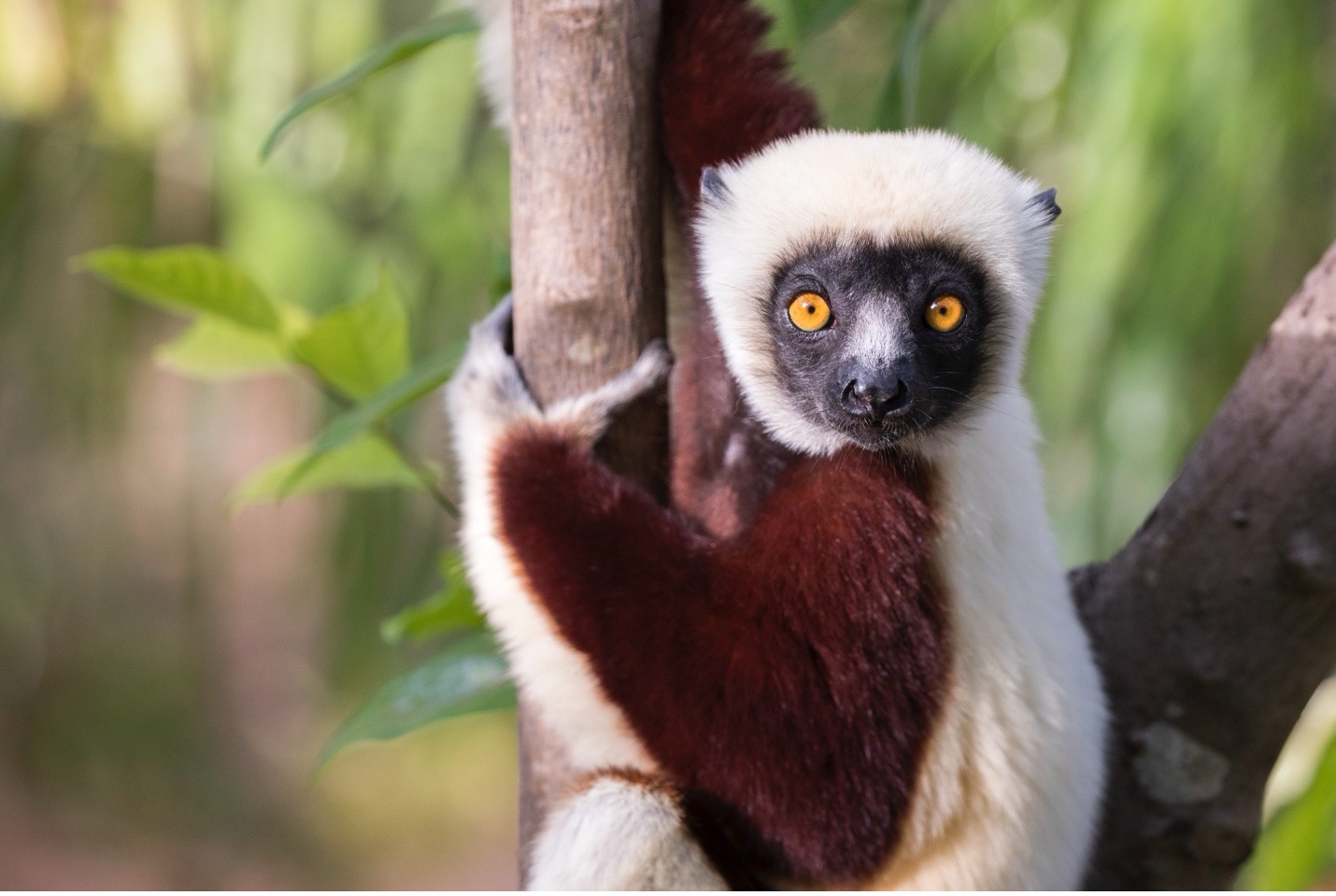
As you can see, my goal in choosing the best lens or my favorite lens is to find one that serves the most and greatest purposes throughout a Madagascar photo adventure. And for my money, the 70-200mm offers the best chance of giving you the most and greatest variety of photos. Plus, given its superior quality, shallow depth of field, great portability, and respectable telephoto range, it has a very real chance of giving you your best photos of the trip.
If you’re headed to Madagascar on a photo adventure (and I hope you are!) I wish you an extraordinary adventure in every way.
Best,

Court
Leave a reply